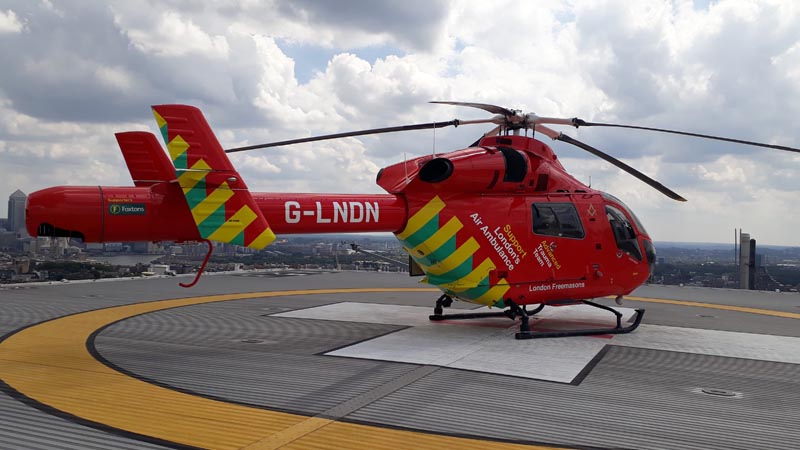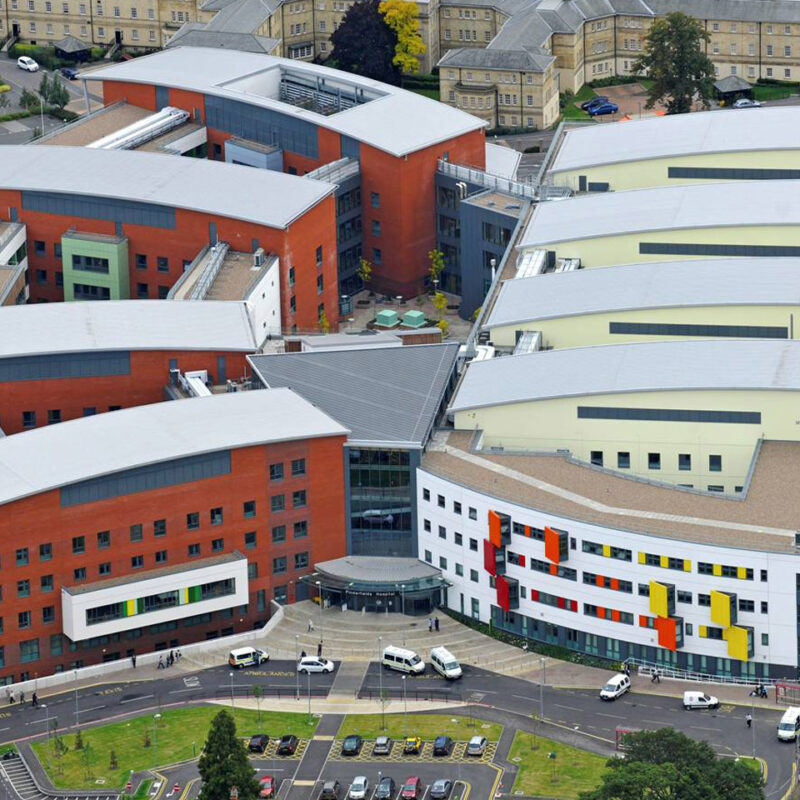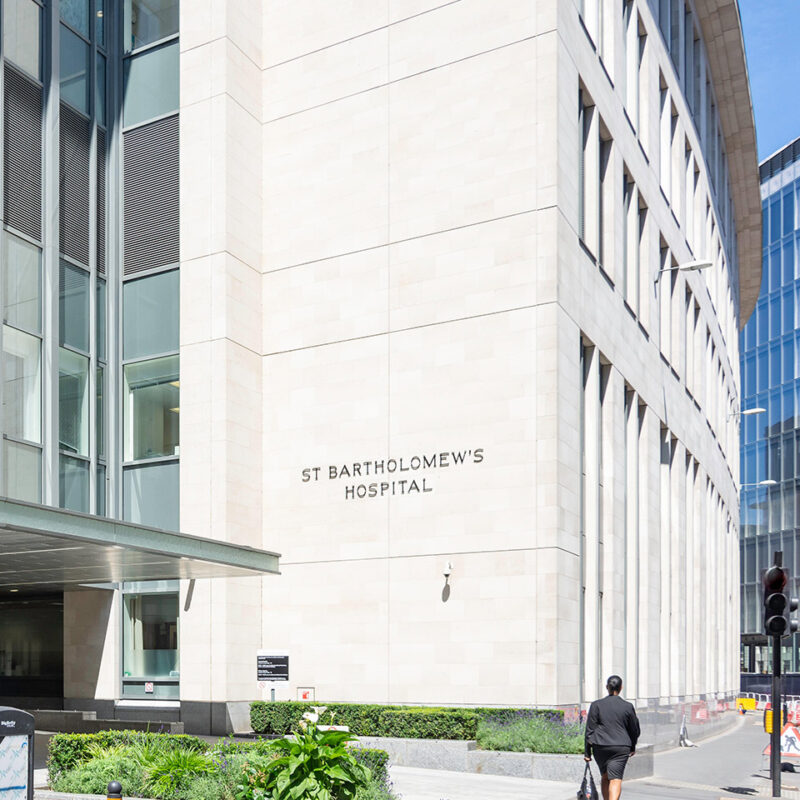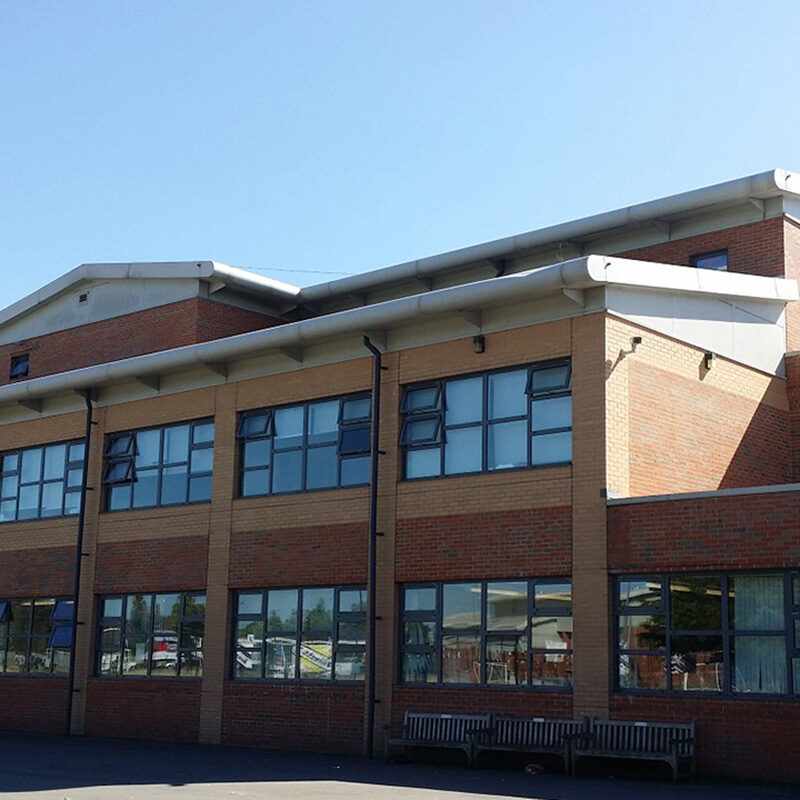St Bartholomew’s and Royal London Hospitals: Services Handover
During the period 2013 to 2017 the PFI project parties transferred the reponsibility for the provision of soft services at the Barts and the Royal London Hospitals to the Barts Health NHS Trust.
The services handed over included cleaning, portering, security, linen & laundry, receipt and distribution (goods yard), telecoms and nonemergency patient transport.
All parties worked together and invested significant time to ensure that for the staff who were affected the transition was smooth. There was a lot of cooperation needed to ensure the handover was a success and that for the medical staff and patients there was no impact on service delivery.
Key Stakeholders
St Barts and the Royal London
Sector
Health
Vercity’s Involvement
Vercity was (and remains) the provider of management services to the PFI Project Company and were heavily involved in the service transition process. That meant that lessons could be learnt from the experience and embedded into Vercity’s management approach.


Transition Workshops
The service handovers went smoothly ensuring there was no disruption, but this did not happen by accident. Over a year in advance of the change a series of workshops were implemented with all parties focussed on planning for the change and resolving the practical questions.
Asking teams already managing the largest UK healthcare PFI (covering two major London hospitals) to do this as well would have been a significant challenge.
Each of the stakeholders designated specific resource to work together on the key deliverable. The aim was to ensure the transfer happened without issue from a client perspective and that the transferring staff were ready for the change.
Defining Service Interaction
Particular consideration had to be given to how the services would interact when they were no longer all under a single contract umbrella. This would include engagement by the Trust with their incoming contractor.
This involved updating contractual provisions and indemnities around services that remained in the PFI, as well as practical questions about the interface between services to ensure the hospital would continue to function.
Practical examples that had to be resolved included the day-to-day interaction between the portering service being re procured and the waste services that remained part of the PFI, clarifying the responsibilities for the difference between the cleaning of ventilation grilles and their maintenance which also has an element of cleaning of ventilation ductwork.
Records
The services being handed over employed over 1,100 staff and covered over 247,000 m2 of hospital footprint. Providing services on that scale generates a significant volume of records and some of those were in hard copy.
Digitising the records held, indexing, and ensuring that these were ready to transfer in a format and structure that would support the Trust’s new directly procured contractor was a significant endeavour that needed all parties collaborating on what the complete digital archive would look like.
Summary
The phased handover and significant work from all the PFI parties meant that the transfer of services was successful, but this needed a lot of work by everyone involved. Commitment and collaboration of the people involved in the process made that possible, but the scale of the task should not be underestimated, and it is almost inevitable that it will need more management than you expect it to!
Making that work while also dealing with the day-to-day business of ensuring service delivery to complex healthcare facilities is a challenge that needs all parties working together, engaging regularly, and collaborating on how to get the best outcomes
Related Case Studies
Hand back your assets with a seamless transition
Learn more about Vercity’s handback service.
Contact us



